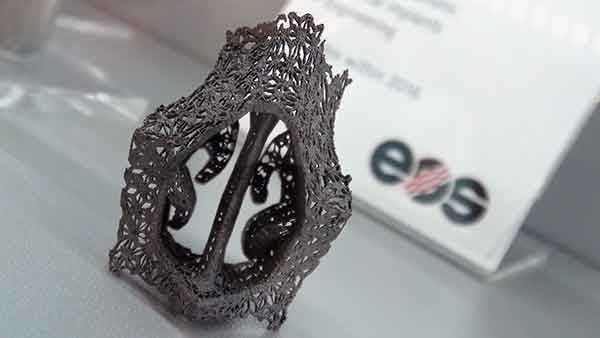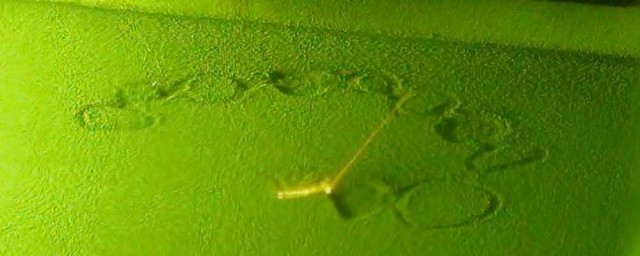
EOS was on hand at Formnext in Frankfurt, Germany, to emphasize its expertise in industrial 3D printing and its ability to make larger, faster, smaller and higher-quality 3D-printed parts.
EOS Germany has teamed up with a German partner to produce a product that monitors the 3D printing build quality in real time, which, according to the company, will reduce production risks and improve quality.
The EOSTATE MeltPool Monitoring is an add-on module. It monitors the process during direct metal laser-sintering (DMLS) builds. It analyzes the build at each point and each layer, thereby monitoring the build process for each part.
Given the company’s focus on industrial 3D printing applications and its experience in metal printing, it is not surprising that EOS recognized the need for improved quality processes. Every manufacturing engineer understands the need for a thorough, traceable quality process.
EOS cooperated with Plasmo Industrietechnik GmbH to develop the process, which directly observes the build process using photodiodes, a camera adapter, a signal amplifier and spectral filters. The physical observation data is analyzed using multiple algorithms and 2D and 3D mappings.
The quality parameters are set by the user according to production requirements. The tool provides live monitoring and allows customers to identify potential build errors automatically. This reduces quality assurance costs.

At Formnext 2015, EOS also presented the new EOS M 100 3D printer. It enables customers to enter into direct metal 3D printing with an affordable investment.
The new product is based on the technology offered in the EOS M 290, which is already established in the market. The device uses a round print envelope of 100 mm. An example provided on the show floor was the production of 70 dental crowns and bridges in about three hours.
The EOS M 100 produces chrome and stainless-steel parts today. It will be able to produce titanium Ti64 parts when the material becomes available in 2016. The company claims that the 200-W fiber laser has a beam quality and stability that allows for consistent quality parts. It combines this with a smaller laser spot that has a very detailed resolution. The combination enables the EOS M 100 to produce small, complex pieces.
The company has tried to address production requirements by creating peripheral equipment that supports industrial production and minimizes powder contact during production. EOS has developed an efficient recoating and exposure strategy that reduces overhead time in production. The system also has a modular design that facilitates quick setup and dismantling.
Because the product is based on the EOS M 290 technology, there’s hope that the new EOS M 100 will benefit from the EOSTATE MeltPool Monitoring product as well.
Read more at ENGINEERING.com

